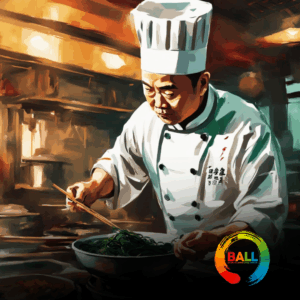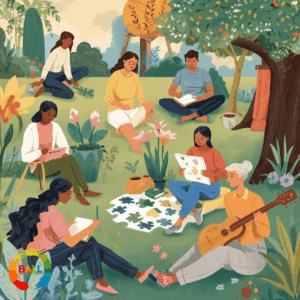by Resmaa Menakem
We need to offer some context to the work and the recommendations made in this document. Whenever topics such as inequities, diversity, and inclusion are discussed, it is important that we start with the awareness that the terms we use and the concepts we address are steeped in paradigm. We want to start from a place where we acknowledge terms, concepts and paradigms are steeped in white comfort and white body supremacy.
White body supremacy, is the concept that the white body is the supreme standard by which all bodies of humanity shall be measured. This concept originated in the book, My Grandmother’s Hands written by trauma expert and therapist, Resmaa Menakem, MA, LICSW, SEP. Resmaa is a New York Times best-selling author, healer, speaker and a nationally known expert about how trauma lives in the body, not just in the mind.
Resmaa shares with audiences that in our collective history, the poor white body was colonized, raped, traumatized, exposed to land theft, genocide, class enslavement, plague, crusades, inquisitions and torn apart for 1000 years by more powerful white bodies. These acts seeded the ground for poor white bodies to accept the idea of whiteness and in turn elevated their structural status as ‘more human’ than the indigenous and enslaved Africans.
Instead of healing from the centuries of trauma and pain that existed between powerful and less powerful white bodies, the pain was put through brown, black, and indigenous bodies. In this process white bodies created, through institutions, the supremacy of the white body. As a result, the paradigms and understanding we all still live with today are steeped in the notion that the white body is the supreme standard by which all bodies of humanity shall be measured.
- Consider the fact that the very word ‘diversity’ means to start with something and then ‘move away from it.’ We are starting with the notion that the white body is the supreme standard from which we must move away from. This language in itself reinforces the notion and paradigm that the white body is the appropriate standard from which to start.
- Consider the term inclusion – we are reinforcing the status quo and the paradigm that the supreme standard (white bodies) must now change to ‘include’ others that were not intended to be and are not part of the collective whole. Again, the white body is the appropriate standard from which to start.
If we seek to change the disparities in Minnesota, we cannot approach the problem with the same traditional approaches we have used in the past. They have not worked. Our communities cannot depend on the same systems and power structures that created the disparities to fix them.
This work is challenging because we are all steeped in white comfort and white body supremacy. It is challenging to address challenges that have been so deeply woven into every structure in society. If we want to abolish it, we need to say exactly what it is and we need to do the hard work of bringing about deep system and culture change.
One thing is certain – the way white body supremacy works is that any demands or challenges made to this system will cause a reaction. We know some of the things you read in this report will cause somatic or visceral reactions.
Please sit with your discomfort!
Then consider the fact that we MUST and NEED to bring new approaches, new ideas and bold action to Minnesota’s health disparities. We are all steeped in white comfort and white body supremacy. Addressing these challenges will require we create new definitions, new understandings and new paradigms. This work will require we effectively address the deep structural challenges facing our communities which means pushing beyond white comfort.
If we are to respond to the challenges inherent in a culturally diverse world, we must develop new approaches to intercultural dialogue, approaches that go beyond the limitations of the ‘dialogue among civilizations’ paradigm. The prerequisites for such a dialogue include consideration of the ways in which cultures relate to one another, awareness of cultural commonalities and shared goals, and identification of the challenges to be met in reconciling cultural differences and identities.




